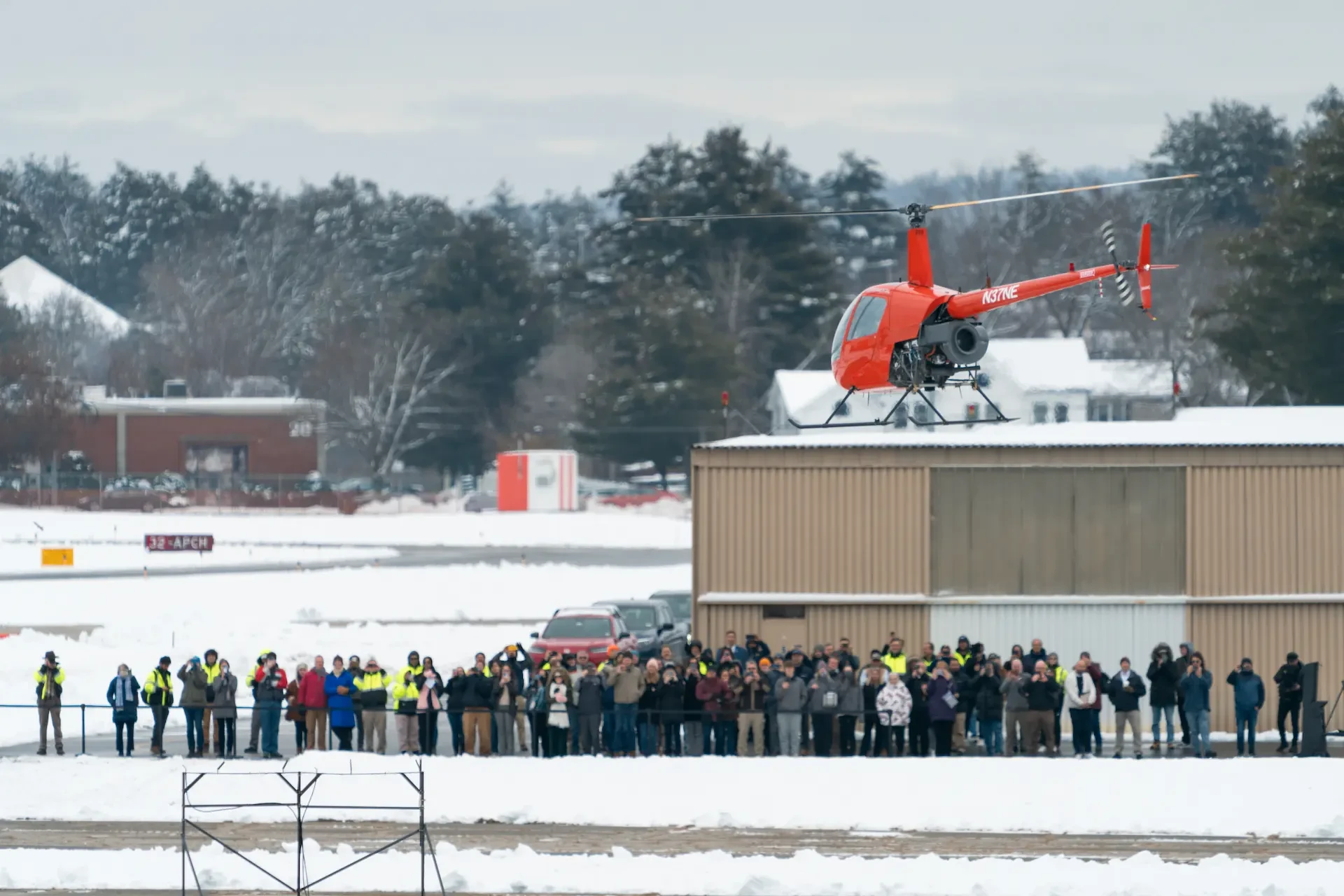It's no secret that wildfires are a growing problem. Regardless on your views of Climate Change, and the causes behind it, it seems that a broad consensus now exists within the scientific community that the Earth In the warming part of its natural cycle - a cycle that, depending which side of the fence you stand, has either been triggered, accelerated, or amplified by human activity. Fighting wildfires has become a front and centre topic for many governments - even those who historically have not had a significant wildfire problem.
Climate Challenges:
It's not an increasing issue just due to the impact caused by the human race pumping billions of tons of fossil fuels into the atmosphere, it's also a function of the spread of population - often into areas that are historically fire 'hot spots' but which have been allowed to burn unmolested (and often unnoticed) for centuries. As NASA's Ames research centre notes on its webpage showcasing their work in this area, wildfires are 'an essential process that connects terrestrial systems to the atmosphere and climate. But their effects can also be disastrous to the communities in their path, in both the short and long term.'
It is this risk to life and property that the combination of warming global temperatures and urban sprawl have caused, that has given authorities pause for thought. It's why the US Federal Government has directed NASA to look at this most earthbound of problems. The agency is, broadly, supporting in two key areas - the detection and monitoring of wildfire ignition and spread via space and earth-based sensors (including the use of predictive algorithms that take multiple data feeds, such as wind strength direction, temperature, rainfall, and seasonal vegetation variables) and the potential role of autonomous platforms to help in containing and suppressing outbreaks.
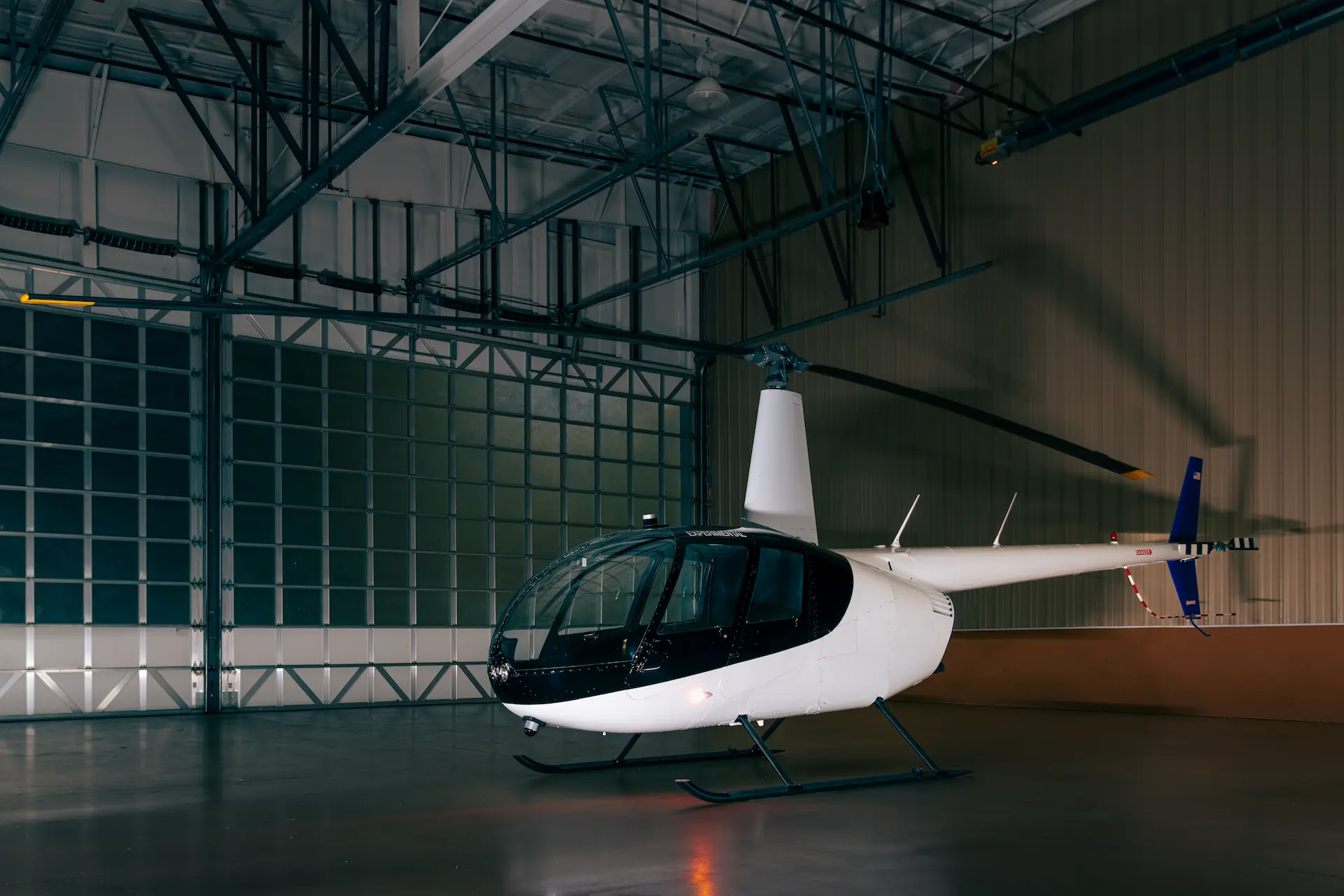
In a summary of a workshop attended by over 150 attendees from across government, industry, academia, and NASA, and available online, the subsequent 'Advanced Capabilities for Emergency Response Actions' (ACERO) initiative will seek to identify emerging technologies that can be harnessed to support efforts to better contain wildfires. The Agency summarises the challenges that the authorities face in both detection and suppression. The most prominent phrase in the main findings is 'Lack of Persistent' capabilities.
A lack of persistence in surveillance for the detection of an ignition event and subsequent early stages of a fire, the lack of persistent (and I suggest, robust) communications, and the lack of persistent aerial operations at the scene of fire due to poor visibility in smoke and the lack of night fire-fighting capability. The latter issue is compounded by a 'lack of technologies to enable multiple types of aircraft operating simultaneously' and the study laments at the 'comparatively low safety record' that Air Attack operations suffer from.
Rotor’s Approach:
These are just the issues that Rotor Technologies (Rotor) are addressing with their twin-tracked approach of developing an Autonomous / Remotely Piloted Aircraft System (RPAS) and ground-based support system. As with the emerging technology surrounding the nascent Urban Automated Mobility (UAM) industry, an all-encompassing ecosystem will be required to enable the first generation of production eVTOL designs to carry their passengers and cargo around the conurbations of the future - safely sharing the congested airspace, it is envisaged, with a plethora of delivery drones and more conventional manned helicopters.
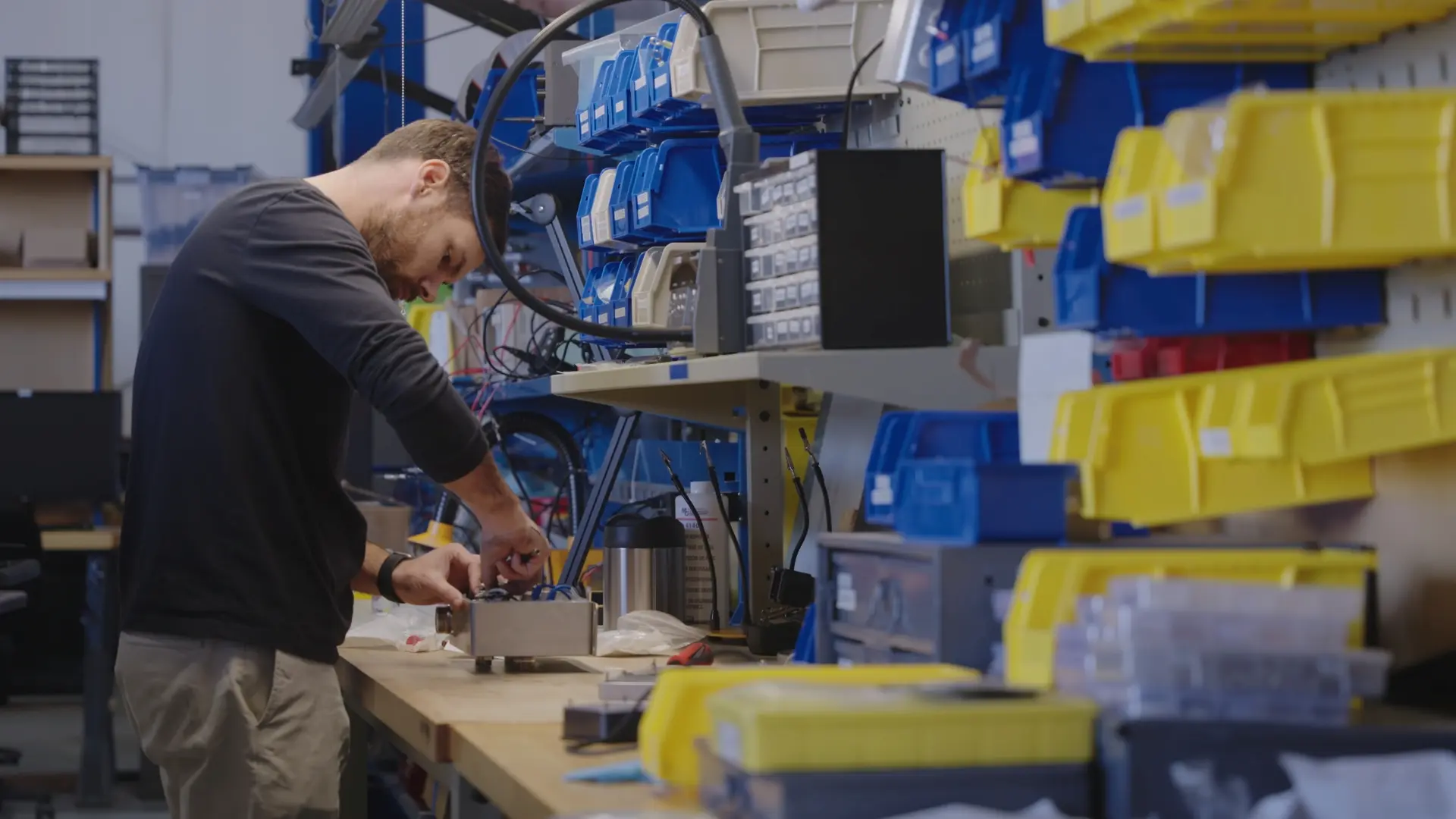
I was fortunate to be able to discuss exactly these issues with a representative from Rotor, Mark Voelker. Mark is a Wildfire Mission Specialist for the company, and he is a credible and articulate advocate for their approach. After a long career in the US Marine Corps flying the AH-1 Cobra, Mark transitioned to civilian life but not away from Bell's benchmark Attack Helicopter. He became one of the cadre of pilots who flew the U.S Forest Service Firewatch Cobra in the Air Attack role, helping to locate fires and acting as a coordination node above the fireground. As Mark notes, a role very similar in some respects to acting as an On Scene Commander during a TRAP (Tactical Recovery of Aircraft & Personnel) mission or as an Airborne Forward Air Controller.
In both military cases there are multiple 'players' in both the air and the ground; deconfliction is key, ensuring that safe weapon arcs and firing traces are maintained and that assets don't collide. As with the fireground, the situation is often fluid - the 'enemy', in this case the fire, gets a vote and can be unpredictable leading to dynamic retasking. Finally, the 'fog of war' on the battlefield (poor communications, darkness, battlefield effects etc) have their equivalents in the Air Attack Mission with the obvious issue of smoke over the fireground and the often-difficult operating terrain that aircraft find themselves operating in.
The R550X Helicopter:
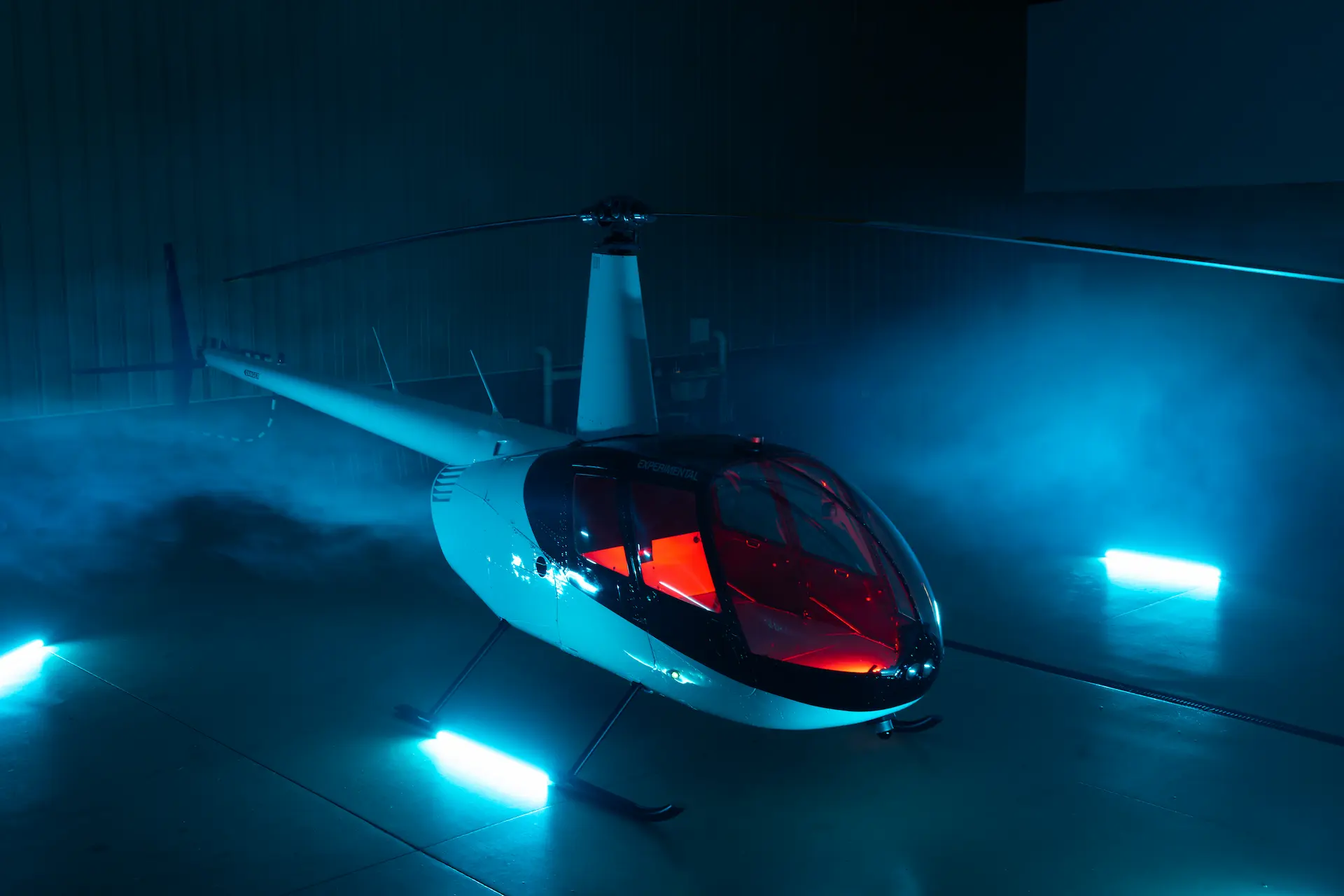
Mark continued with a description of the concept that underpinned Rotor’s R550X uncrewed helicopter. By taking the popular, and affordable, Robinson R44 as a starting point, Rotor is hoping to field a system that negates the payload and operating limitations of a dedicated, designed-from-scratch, firefighting UAV or the expense and complexity of an equivalent Type 3 Firefighting helicopter such as the turbine powered AS350 AStar or Bell 206/407. Another, oft overlooked, advantage of using the R44 as the starting point for their machine rather than the more expensive turbine engined alternatives, is that there are Supplemental Type Certificates (STCs) already in place, from the likes of Petersen Aviation Inc, to operate the aircraft using motor-grade gasoline. The occasional tank of Avgas, or a supplement, is needed to ensure the internals are properly protected from wear and build up, but for a forward-deployed platform using the same fuel as many of the other Firefighting vehicles, rather than relying on a separate bowser to supply jet fuel (or frequent trips to an airport), offers a significant logistical advantage.
Meanwhile, as Mark explains, clearly taking the operating crew out of the R44 makes a significant difference to the disposable payload the relatively cheap and affordable Robinson can haul. The Rotor website suggests that their R550X can carry up to 550Kg (1,212lbs) at sea level, with a ferry range of 350 nautical miles and an endurance of 3 hours with Robinson’s standard auxiliary tanks, and potentially significantly more if additional internal tanks are fitted in the fuselage. That 550Kg figure is over 40% of the MAUM (1,250Kg) as disposable payload - and when one considers the other 'extras' that Rotor has equipped the baseline R44 with, including full IMC and night capability thanks to the use of a full Fly By Wire (FBW) flight control system, it's patent that the machine is 'not just another Robbo'. Given the nature of the uncrewed task, with the risk that the Command Link may fail, the aircraft has a full autoland facility. The ability to take the R44 platform and fly it around the clock offers a major boost to dispatch rates, and a significant capability on the fireground.
The main advantage is that ignition sources can be swiftly investigated at all hours of the night, and in all environmental conditions. If a 'zero dark thirty' lightning strike ignites a small fire, the R550X can investigate, report back via data link, and start the process of containing, or even knocking down, a fire that could grow appreciably during the hours of darkness before the first manned platforms are able to get on scene and drop. Although there are some NVG equipped aircraft and helicopters available, the increasing financial pressure being applied to many fire support contracts is encouraging operators to reluctantly conclude that keeping their crews current and competent in the highly perishable NVG skill set, purchasing multiple sets of NVGs, and the cost of ensuring their cockpits are fitted with an NVIS STC, is simply not a sensible or sustainable Return on Investment (RoI). The R550X will be fitted with a number of sensors to enable it to operate 24/7 safely, including multiple cameras for remote pilot situational awareness, plus LIDAR, Radar and EO/IR cameras for obstacle detection when operating at night or in Degraded Visual Environments (DVE) - such as during the temperature inversion caused haze or smoke effects that invariably plague the fireground and the skies above it.
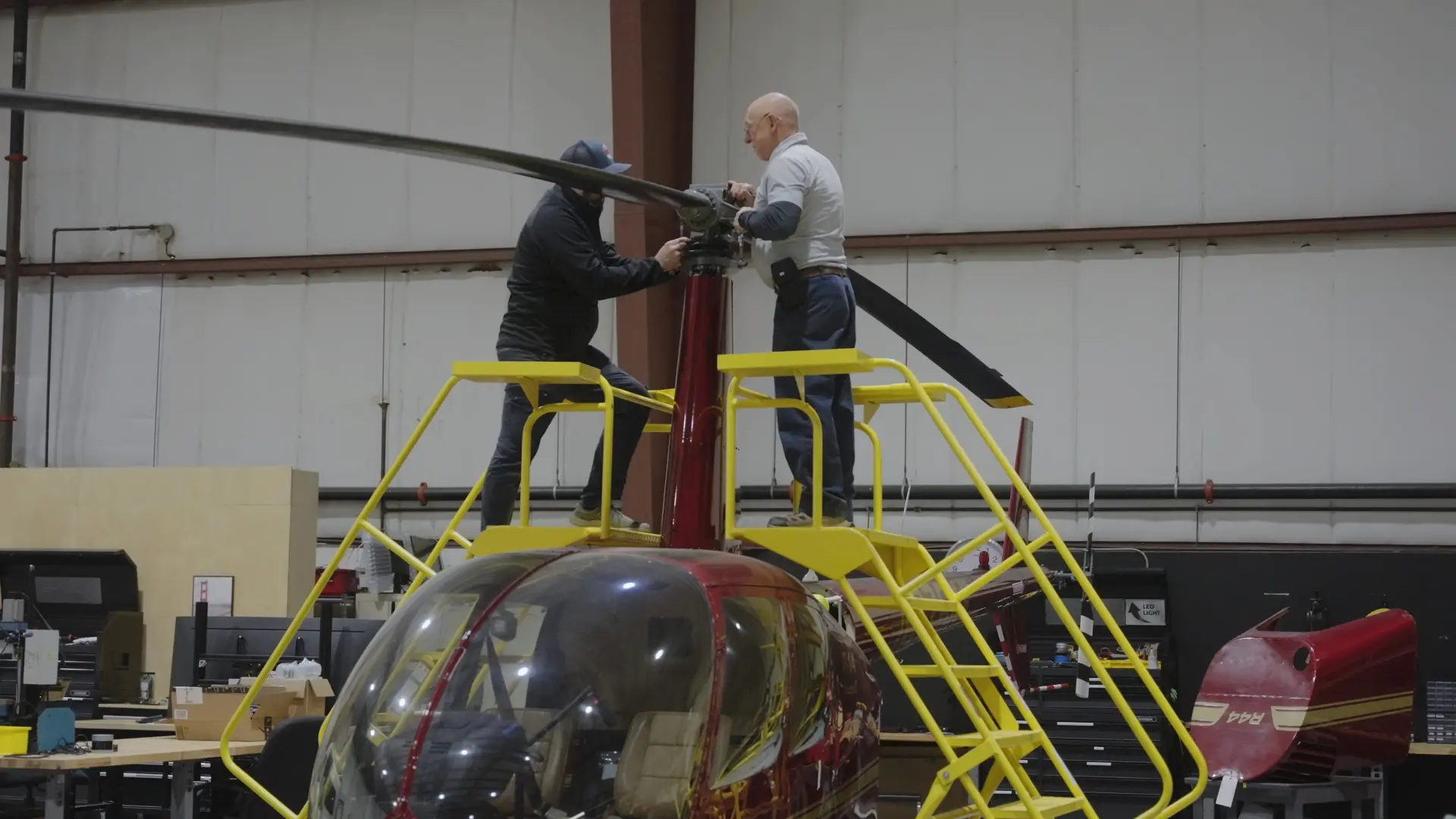
Cloudpilot Ecosystem:
The platform is only part of the solution, however.
As discussed earlier when noting the challenges that face the developers of eVTOLs and supporting UTM systems, to operate an autonomous or remote piloted air platform safely requires a robust, resilient, and regulated supporting infrastructure; an 'ecosystem' if you like, designed to fill in the 'gaps' left by taking the pilot out of the machine. Rotor is keenly aware of this and recognise that they need to offer a full system to back up their uncrewed helicopters. The company has styled their support ecosystem as a 'Human Supervised Autonomy Service' and have given it the brand name of 'Cloudpilot'. Using high time fully qualified pilots in control centres, Rotor’s Cloudpilot system will blend the benefits of the enhanced flight control system and onboard sensors with the domain understanding and real-world air attack experience of pilots. Given the issues with recruiting and retaining enough helicopter pilots with the aggressive hiring policies most airlines are employing to fill their cadres, not to mention competition from police and HEMS operators, a technology such as Cloudpilot might be a way of plugging the gaps somewhat by enabling timed-out or medically downgraded (temporary or permanent) pilots to continue to play a valuable role, exploiting their long years of accrued knowledge to telling effect.
Cloudpilot also offers the operator the option of 'shared pilot utilization'. This is a concept that will be familiar to those that have looked at UTM/AAM applications. It is the concept that a single remote operator can have a supervisory responsibility for several autonomous platforms. During an average fire cycle, much of the time is spent in the cruise transiting to and from the water source. Arguably, once in the cruise, the demands of the 'pure' flying task are low provided the navigation is accurate and the aircraft adequately trimmed. In this instance, the aircraft flying to/from the water source could be operating almost totally autonomously, reporting only via exception (i.e. an onboard issue) or when nearing the end of the transit leg. While aircraft are in transit, the remote supervisor could be focussing on selecting the optimum drop point for the aircraft that is 'on scene', potentially interacting with other air users and ground control authorities. It's conceivable that a supervisor could dedicate, say, 70% of their capacity to the 'drop', 20% to the water pick up, and then just monitor two platforms in transit with the other 10%. Of course, there are many ways this could play out - some remote pilots may become 'drop specialists' with more junior operators overseeing the more mundane sectors. It’s very much up to the customer how they choose to utilize the flexibility that Cloudpilot offers, though, of course, the potential of a few pilot supervisors and several autonomous aircraft offers the potential of significant savings in manpower costs.
Redundancies and Safety Measures:
Like many autonomous systems, Cloudpilot has multiple redundancies to handle issues with the link between the supervisor/remote pilot and the air vehicle. There is an element of redundancy in the comms link itself, with up to six channels being employed - including radio, cellular data and SatCom links. In the unlikely event of a complete loss of link, then at the pre-flight 'what-ifs?' stage an appropriate series of logical steps can be programmed in. For example, 'loiter at a fixed location until Bingo fuel' is an obvious starting point. The air vehicle can use its onboard GPS to self-navigate to a safe holding area clear of anticipated traffic and then fly a min power speed orbit. If the link is restored, the aircraft can return on task, if not, at a certain fuel level (Min Landing Allowance, final reserve fuel, and transit fuel for example) the aircraft will route to a suitable location (e.g. an operating base or designated diversion facility) via a nominated safe route, using onboard electronic conspicuity and 'Detect and Avoid' algorithms to reduce the latent mid-air collision risk.
Mark continued by noting that the R550X is just the starting point. The systems integrated into the R44 airframe could, with the right investment and demand signal from the industry, be ported across into other designs - including the aforementioned Bells and AStars, and even to the larger Type 2 and Type 1 machines, including ex-military UH 60 Black Hawks and even CH-47 Chinooks - especially those already fitted with DAFCS. Indeed, the company's approach of taking an already certified manned platform and adapting it for remote pilotage or autonomy is a key pillar of their value proposition. They firmly believe that "our retrofit approach builds on proven airframes to lower the cost of development and accelerate our timeline...". Using a manned platform as a baseline also permits much of the testing phase for the new systems to occur without a safety pilot onboard. Such incremental testing gives confidence to regulators and investors in the development cycle, and can accelerate the 'develop, test, develop, test' cycle as the risk to 3rd parties and of damage to the development aircraft can be largely assuaged by having a human pilot onboard to intervene relatively deep into the flight test program.
Future Applications and Expansion:
Finally, Mark briefly mentioned that the technology has applications across other sectors. Just as traditional UAVs are gaining market share in agricultural applications, such as crop spraying, so the R550X can offer a credible alternative capability. With a larger capacity than most UAVs, significantly more acreage can be serviced more quickly than by traditional agricultural UAVs and spraying can be conducted around the clock. Likewise, the movement of time critical parts could be supported by the R550X, and if platforms such as the UH-60 were to be adapted and interfaced with Cloudpilot, then significant quantities of cargo could be delivered via 'Human Supervised Autonomy.'
The air attack industry is starting to realise the potential benefits that enhanced autonomy and AI can bring to the fireground. Being able to deliver that rapid Initial Attack, 24/7 in all weather and visual conditions is key to stopping an ignition from becoming a large-scale fire - and that in itself can save lives and property, as well as the significantly greater costs of operating firefighting platforms to attack the fire once it is light and it has already spread over a large area. The combination of the R550X and Cloudpilot is a true attempt to take the concept of an autonomous, but man in the loop, ecosystem into the firefighting industry. I'll be fascinated to see how it fares.
 HOME
HOME


